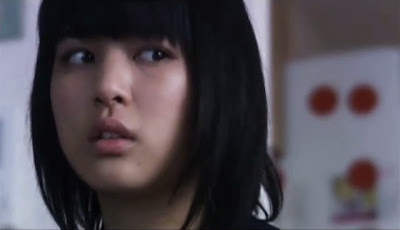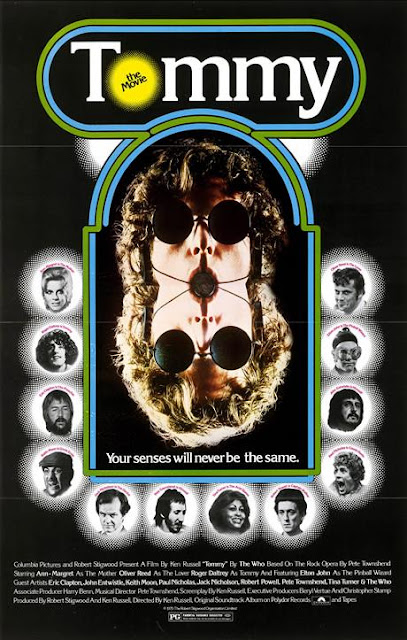TOMIE: UNLIMITED
(2011, Japan)
This J-horror franchise has longevity, just like Tomie...
No matter how awful her predecessors have been, I can't resist seeing her again. I must see her again. It's obsession. No matter how hard I try to erase Tomie from my memory, new versions keep springing up. Just when I thought I'd never see her again...
Junji Ito's female nightmare began life in his horror manga, becoming an early recurrent subject. His artwork portrays fright to the highest level of hysteria. Some pages of his stories Uzumaki and Gyo literally give me the chills, usually something only movies can manage. The difficulty lies in filming 'visual hysteria', as well as convincingly portraying distorted human forms. Uzumaki made a fantastic film, but falls very short of the epic scale of the manga. Gyo, a tale of sea creatures on the attack, has just been made into a (short) feature-length anime that I'm really excited about. But the premise of Tomie is potentially endless.
 |
| Miu Nakamura is the new Tomie |
The story starts with a bang (the scriptwriter must have been really impressed by the original version of The Omen) and Tomie is soon up to her old tricks. This time, the focus of her attention is a small Japanese family, in particular a teenage schoolgirl. Tomie usually picks men as her prey, and her victimisation of her younger sister also involves her father and the boy she fancies.
Tomie is also a glutton for punishment and keeps coming back for more, no matter what her loved ones do to her. Her method, divide and conquer.
One of director, Noboru Iguchi's, aims with the film was to visualise ideas from the manga which had previously been too difficult to film. He's succeeded in bringing many more of Tomie's wildest talents to the screen, while other scenes are simple and effective evocations of Ito's 'hysterical horror'. One involves Tomie's hair...
He talks about his serious approach to Tomie and also about the films that have impressed and influenced him. He saw Jigoku (1960) and Hausu (1977) at an impressionable age. When asked about his favourite American films I nearly fell off my chair. The Devil's Rain, Flesh For Frankenstein, Who Can Kill A Child?, Dead And Buried, Zombie Flesh Eaters... Surely he can't like all the same films as me? I almost suspected that he'd picked this list to appeal to horror fans. Otherwise he has great taste... in films. As fanboys go, he actually deserves to be called anal-obsessive...
Here's my look at the first Tomie (1998) and links to reviews of the first seven sequels...
Here's a roughly-subtitled trailer...
 |
| "Goodbye for now..." |





















































